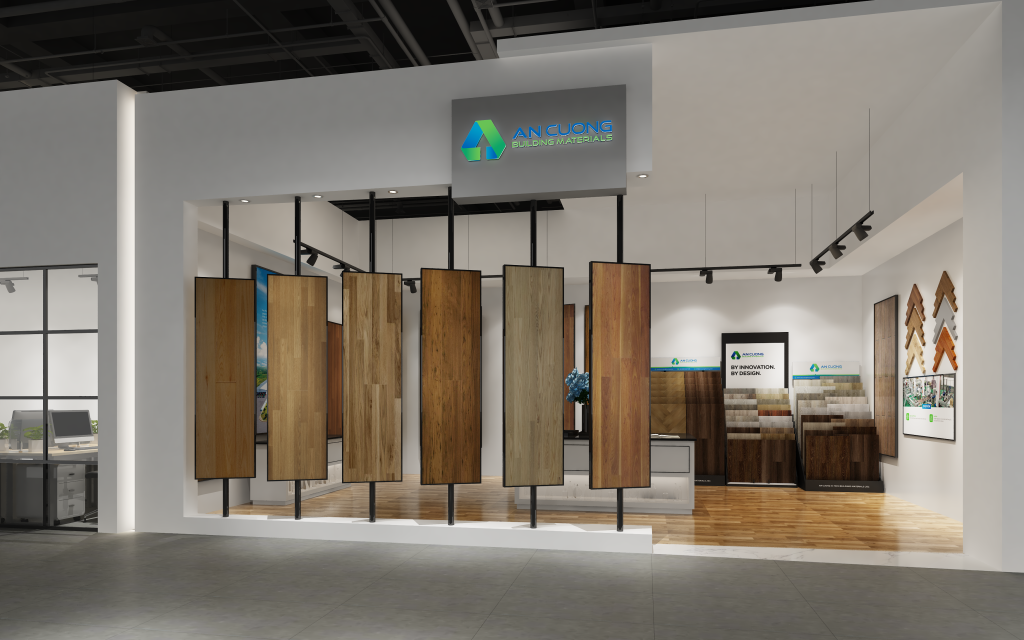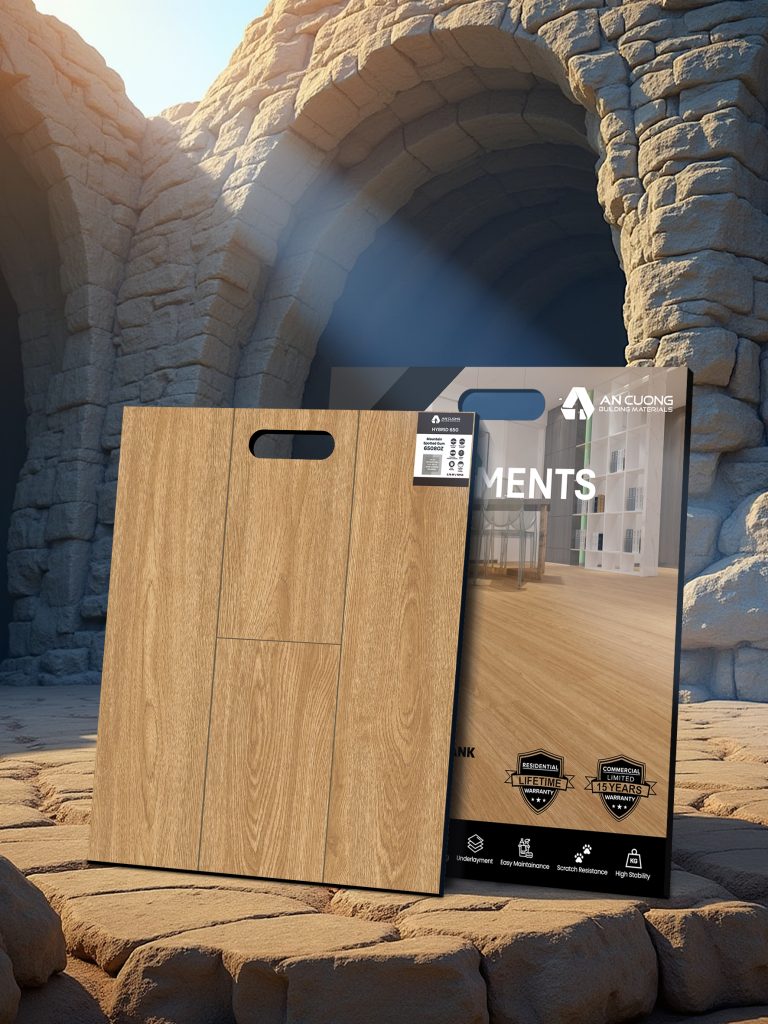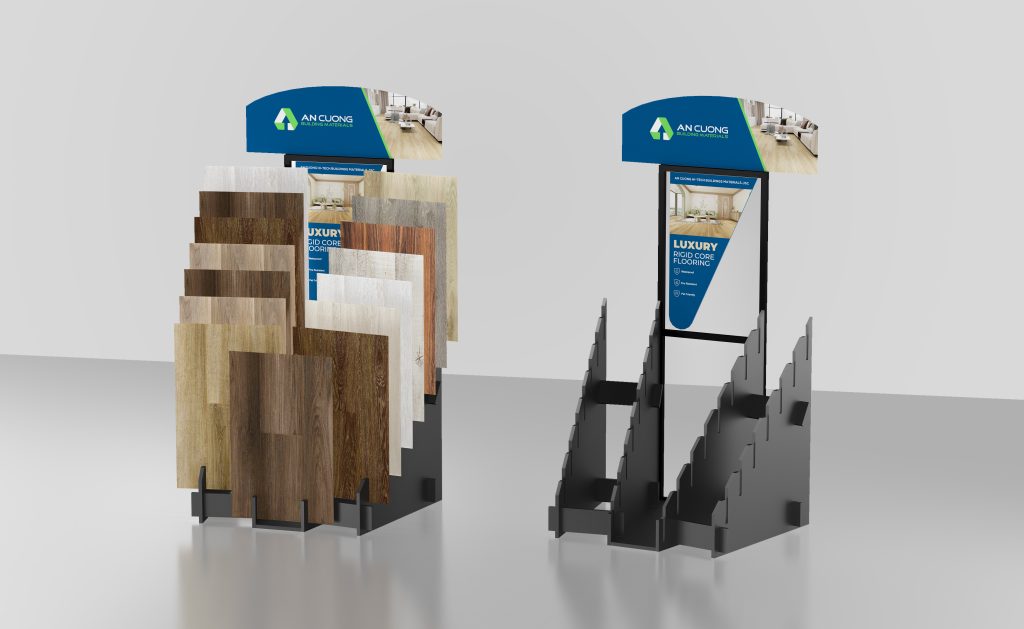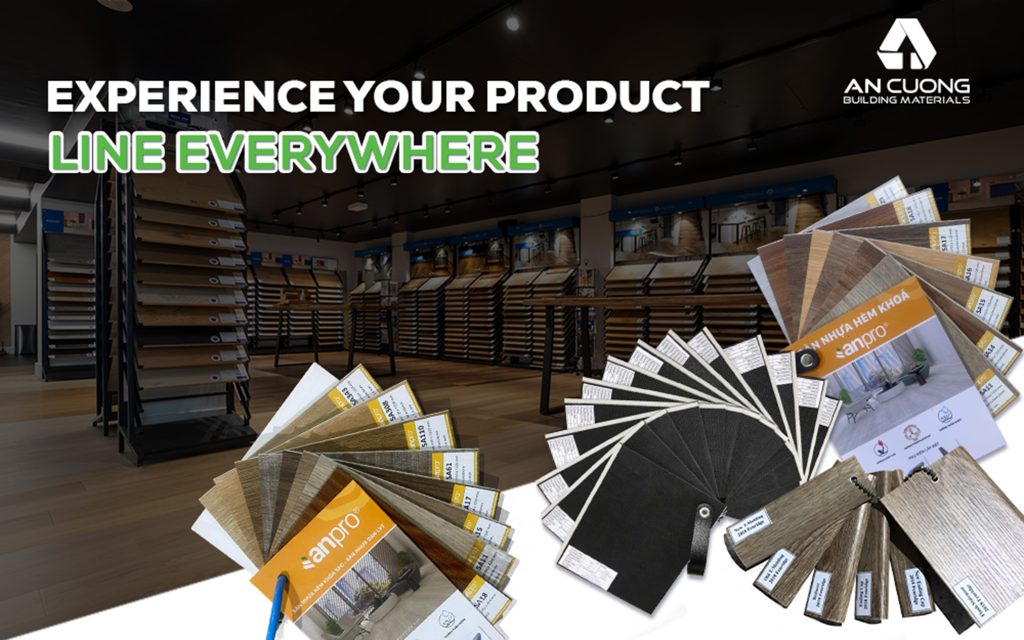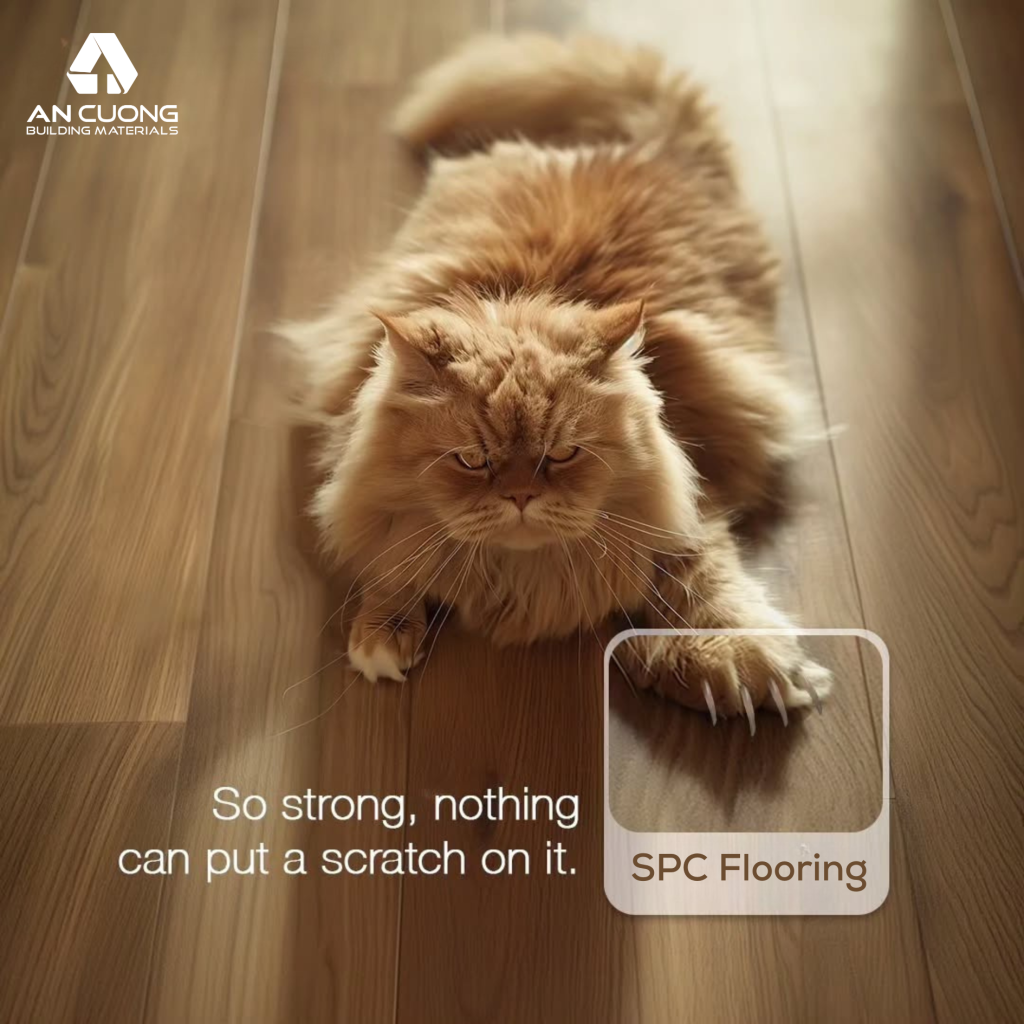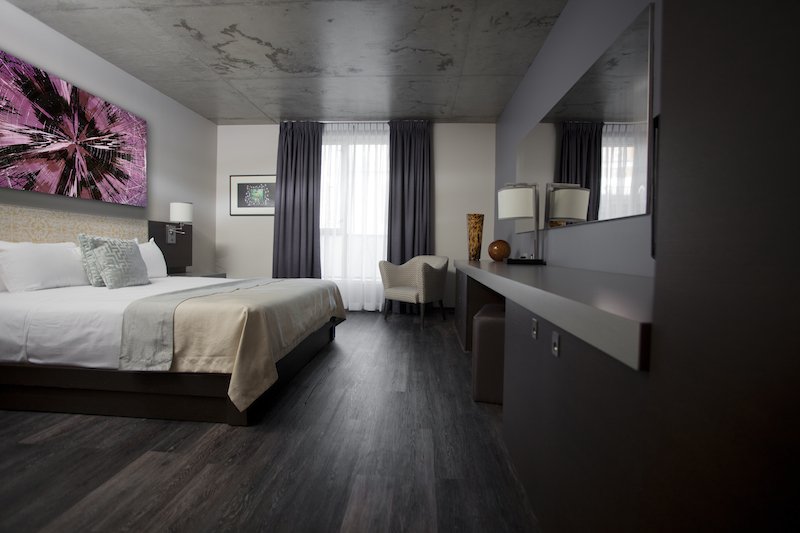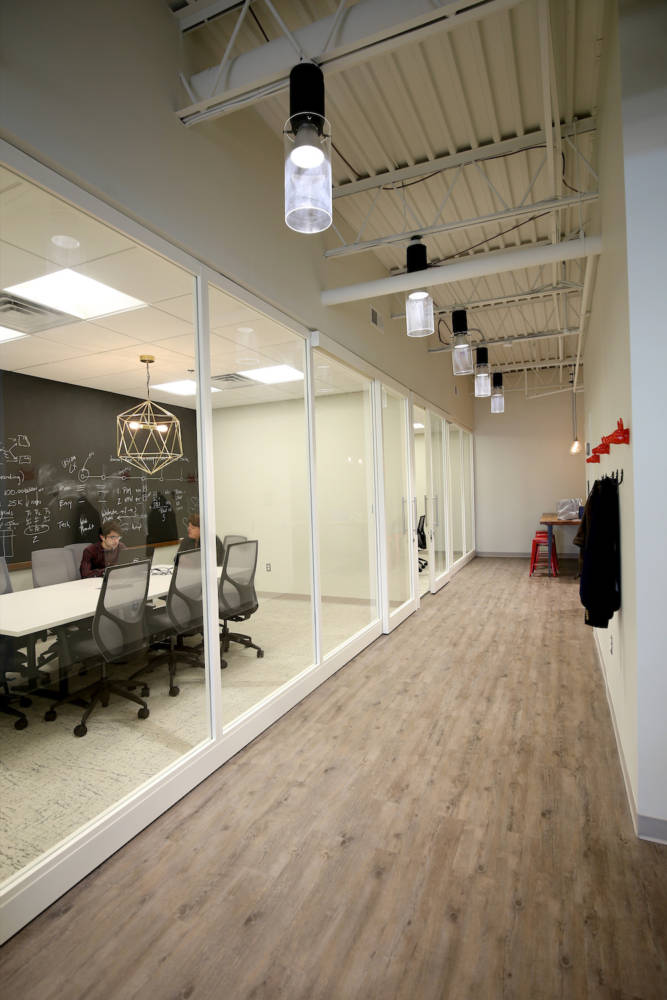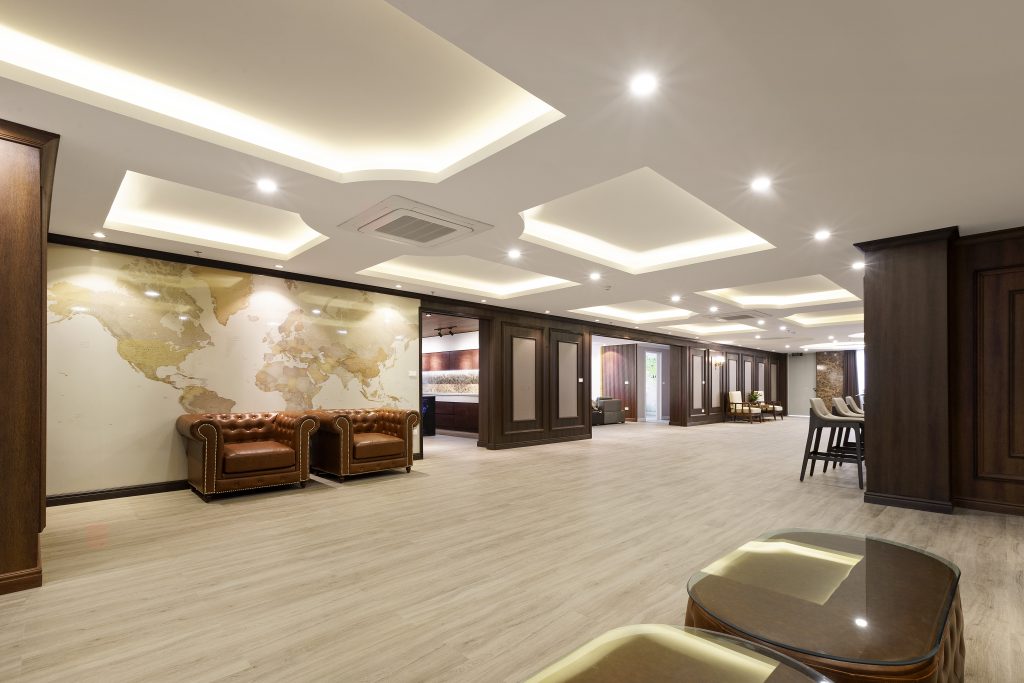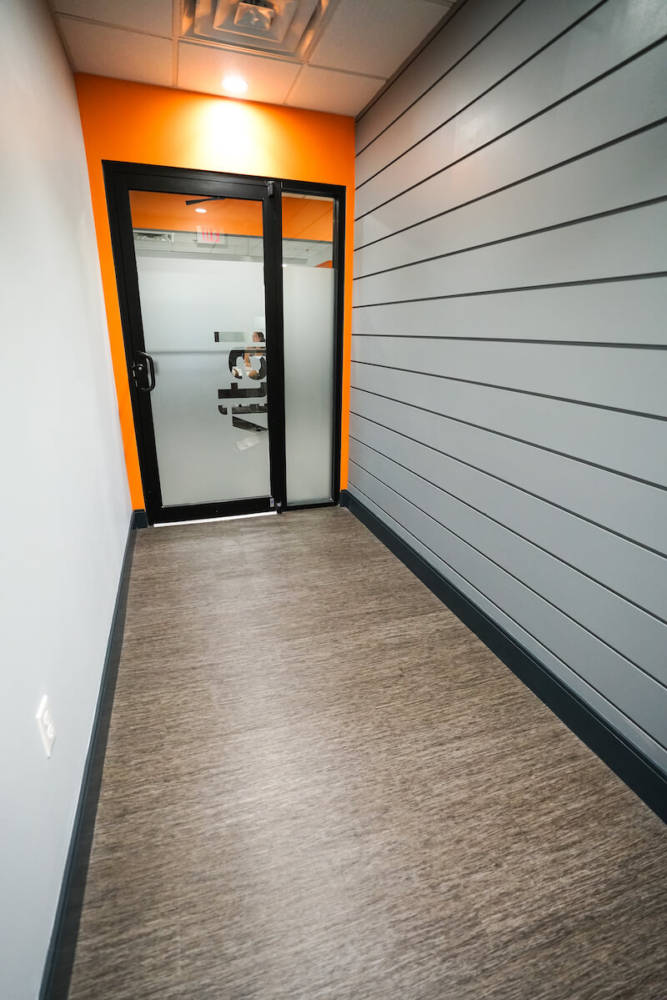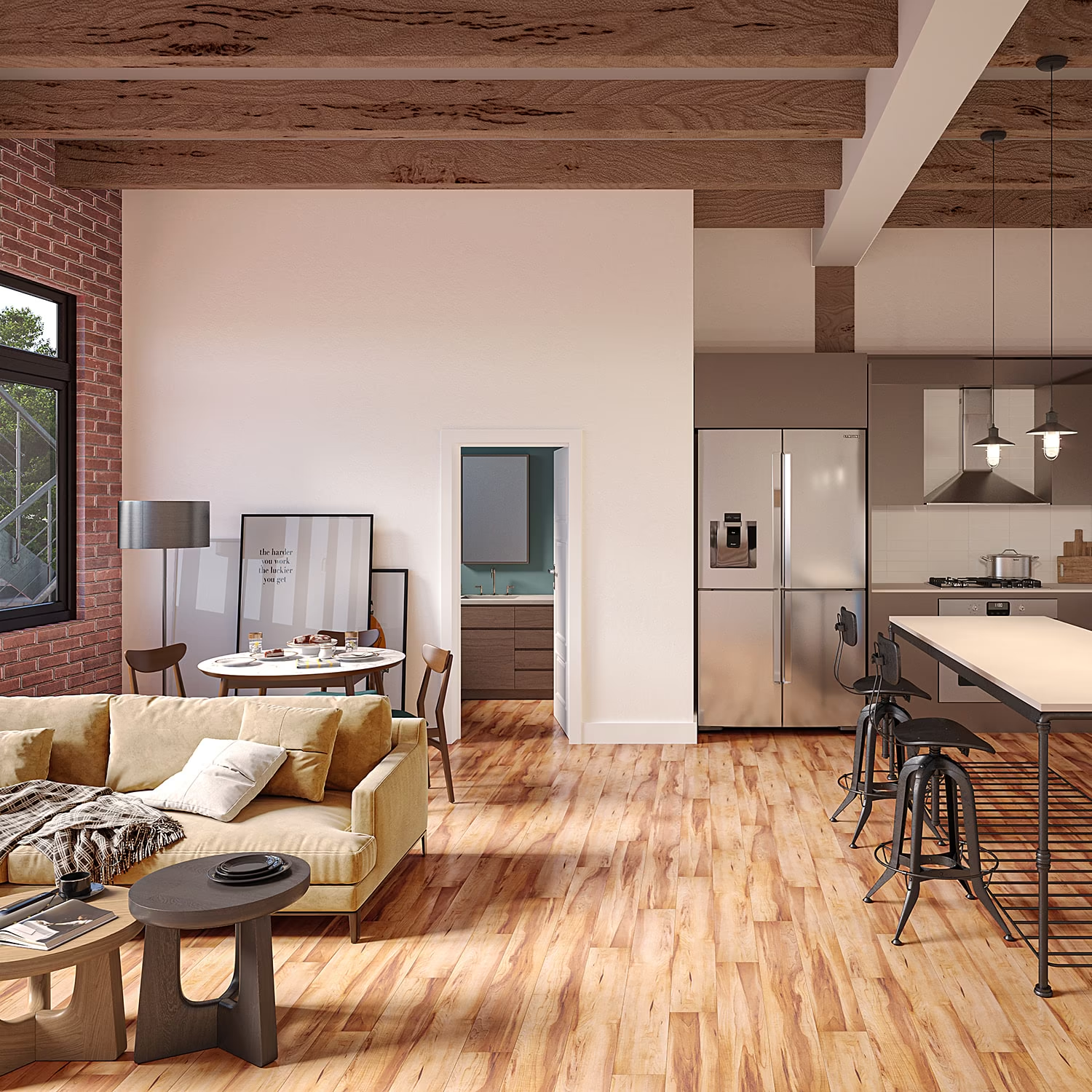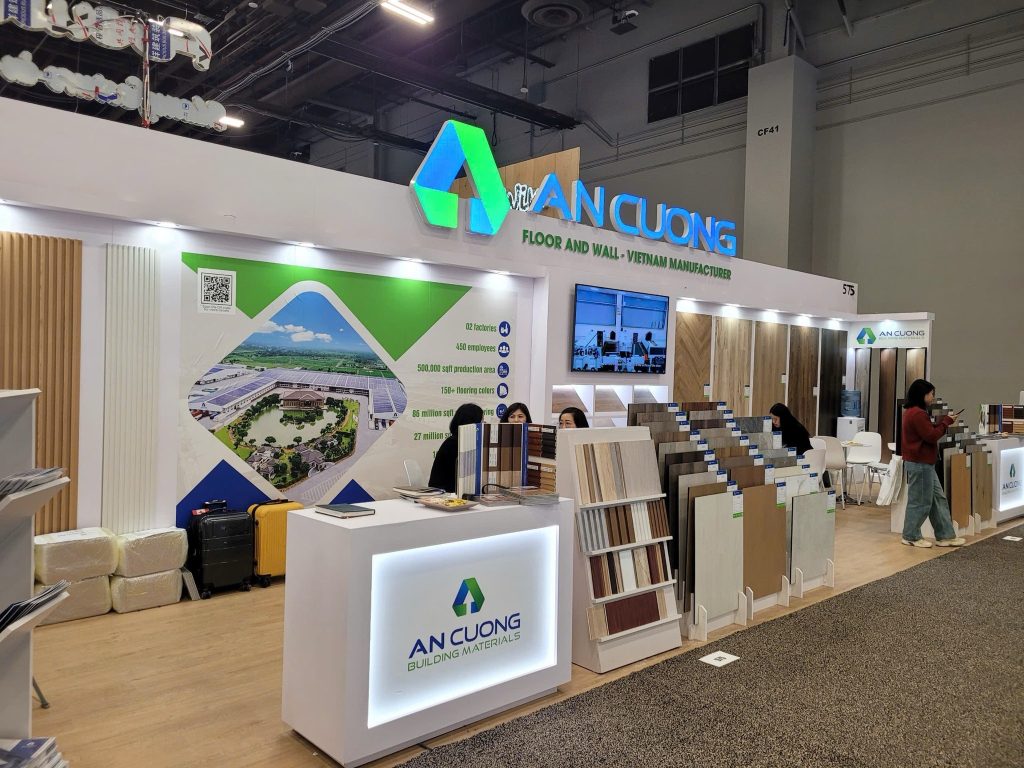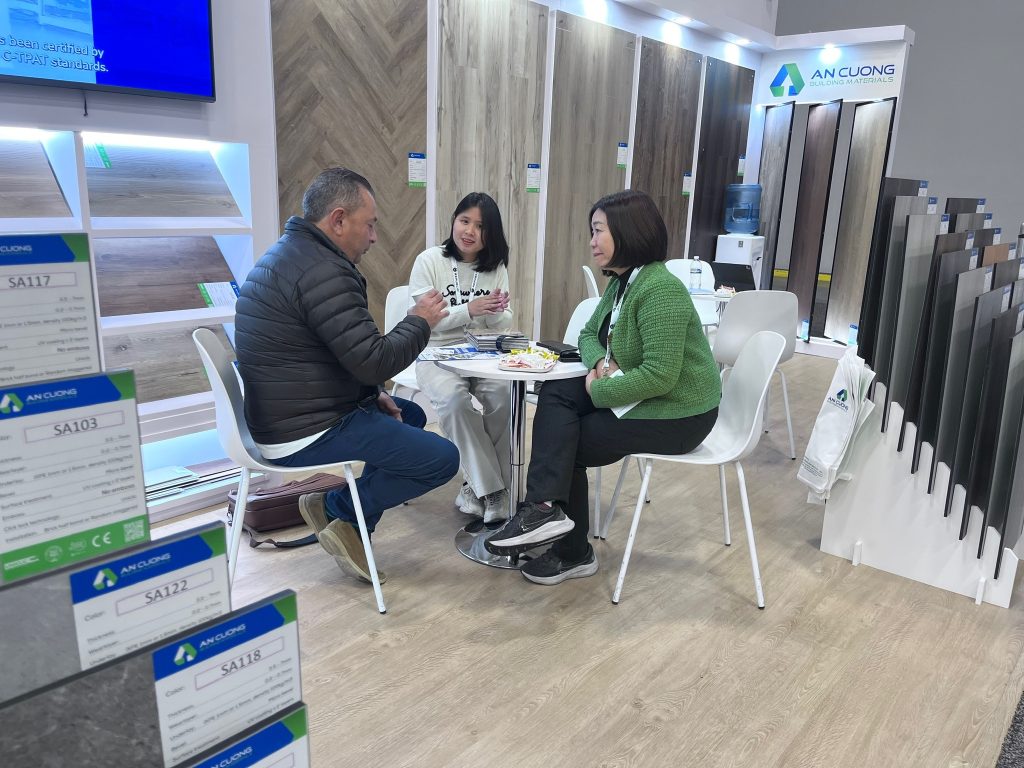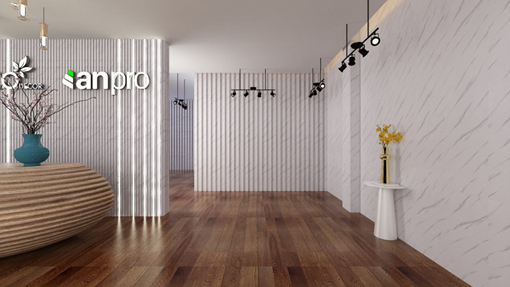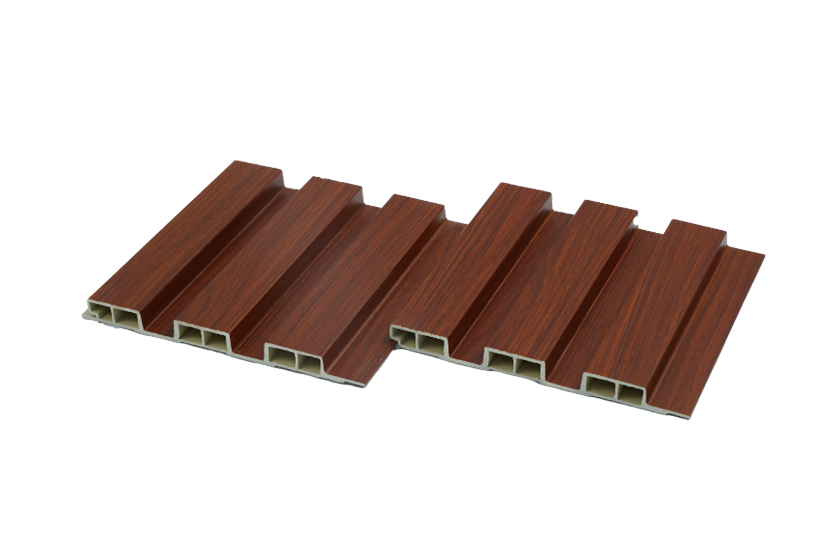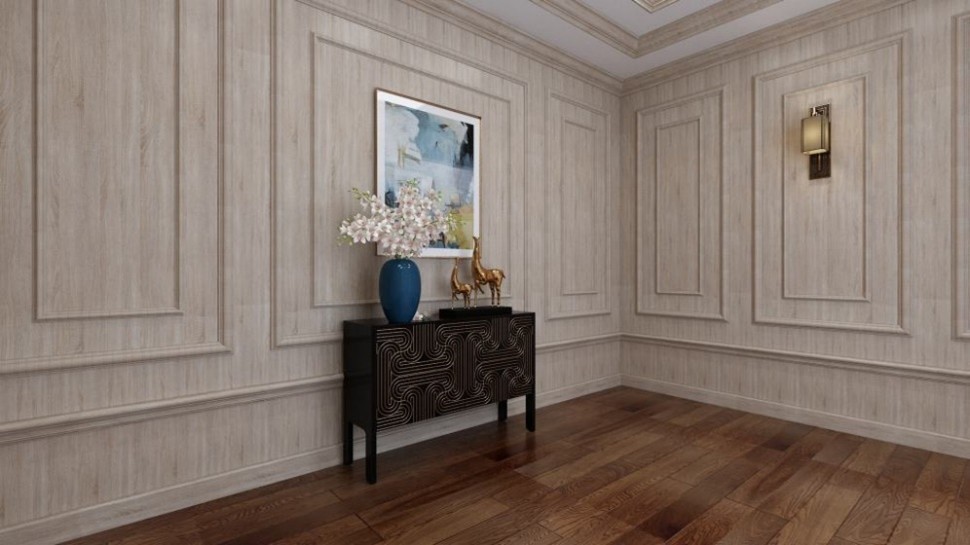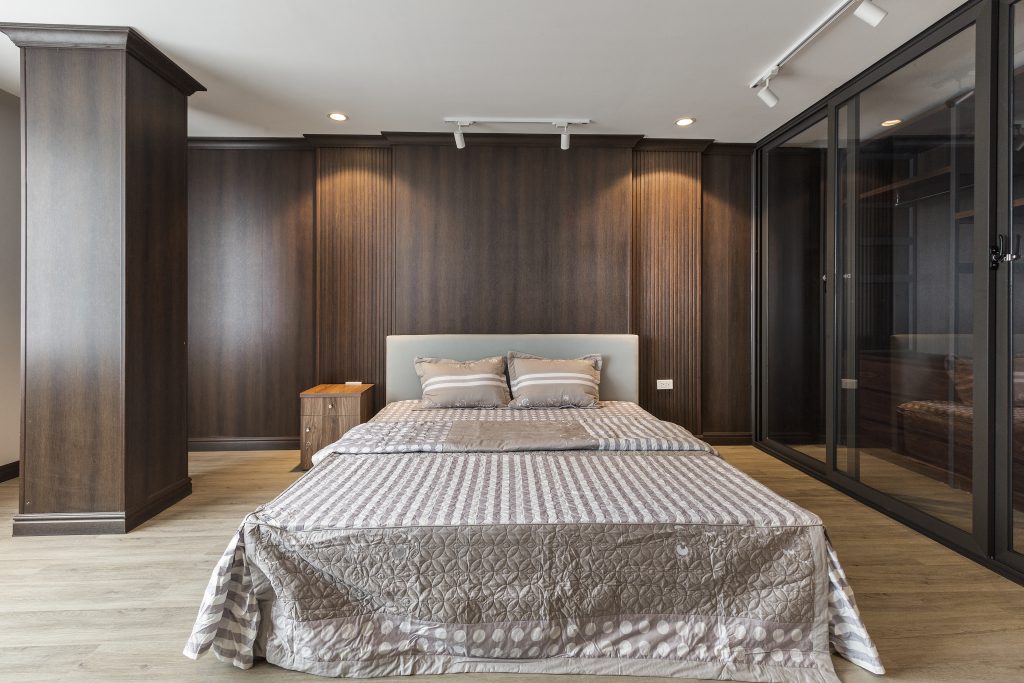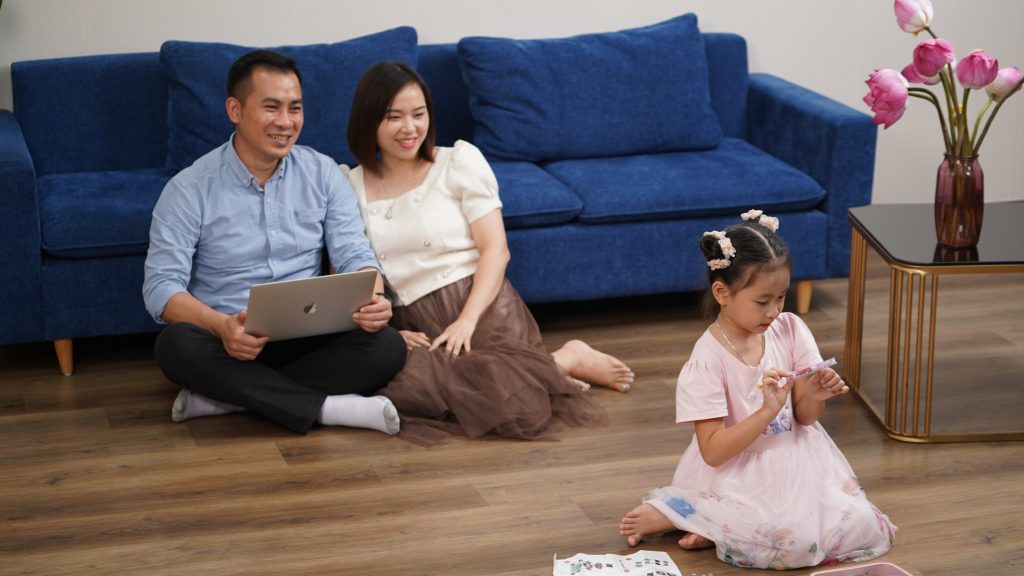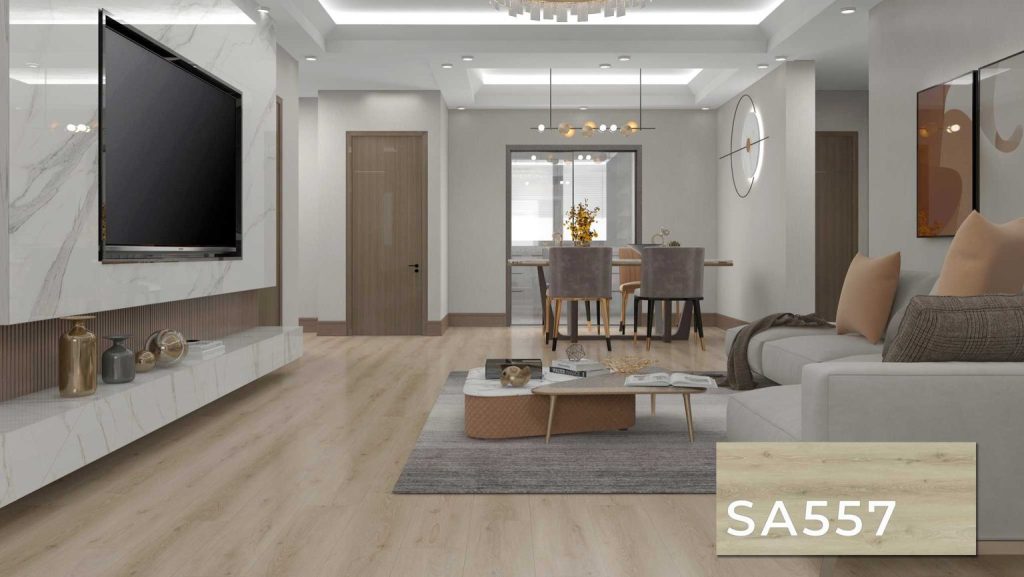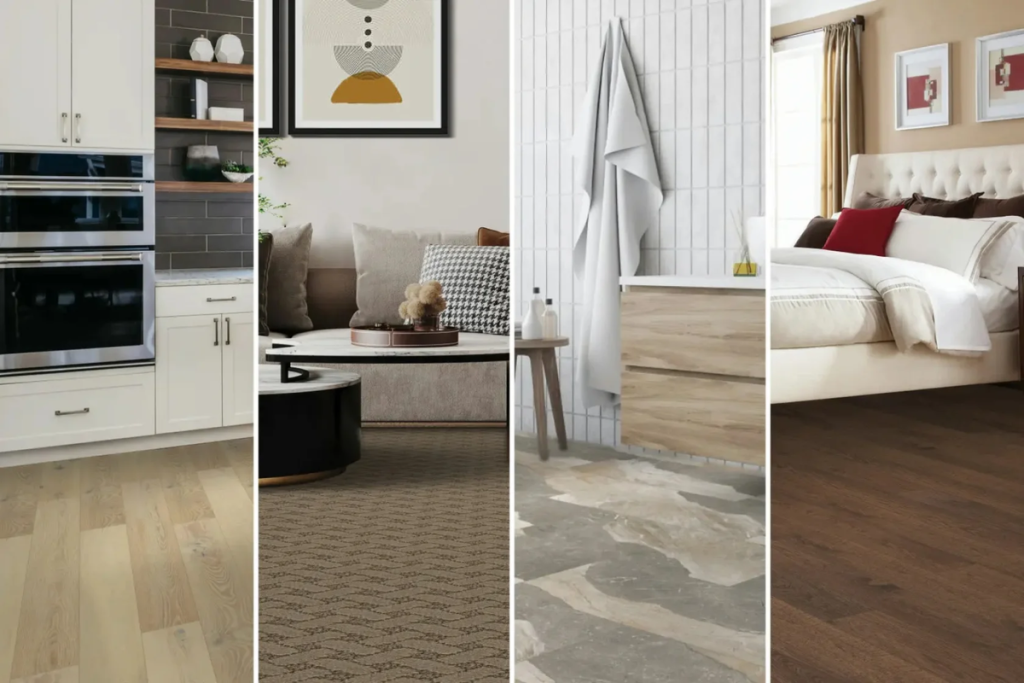Importing LVT flooring for the first time is not just a purchasing decision — it’s a business decision that affects your profit, reputation, and future growth.
LVT is one of the fastest-growing flooring categories worldwide, especially for commercial projects, but it’s also a product where small decisions can lead to big consequences.
We’ve seen many distributors enter the LVT market with hopefulness, only to face challenges later: installation complaints, unstable quality, limited collections, or a supplier who disappears when problems arise.
To avoid these risks, it’s important to look beyond surface design and understand what truly affects your selling performance, cost control, and long-term profitability.
Here are four essential factors every flooring distributor should carefully consider before choosing an LVT manufacturer.
1. Product Quality: The Foundation of Your Profit
Everything starts with product quality. If the LVT itself is unstable, easy to break,then no pricing strategy or marketing effort can fix the problem later.
Glue-down LVT must be flexible enough to install easily, stable enough to keep its shape, and strong enough to handle heavy traffic of commercial projects. Poor-quality LVT often leads to:
- Gaps or shrinkage after installation
- Curling edges
- Weak bonding to the subfloor, etc.
These issues usually come from an unbalanced formula — low-grade PVC, inconsistent stone powder ratios, or poor production control.
At An Cuong, our glue-down LVT is formulated to be much more flexible and stable, using premium PVC combined with carefully controlled stone powder content. This helps reduce installation risks and improves long-term performance
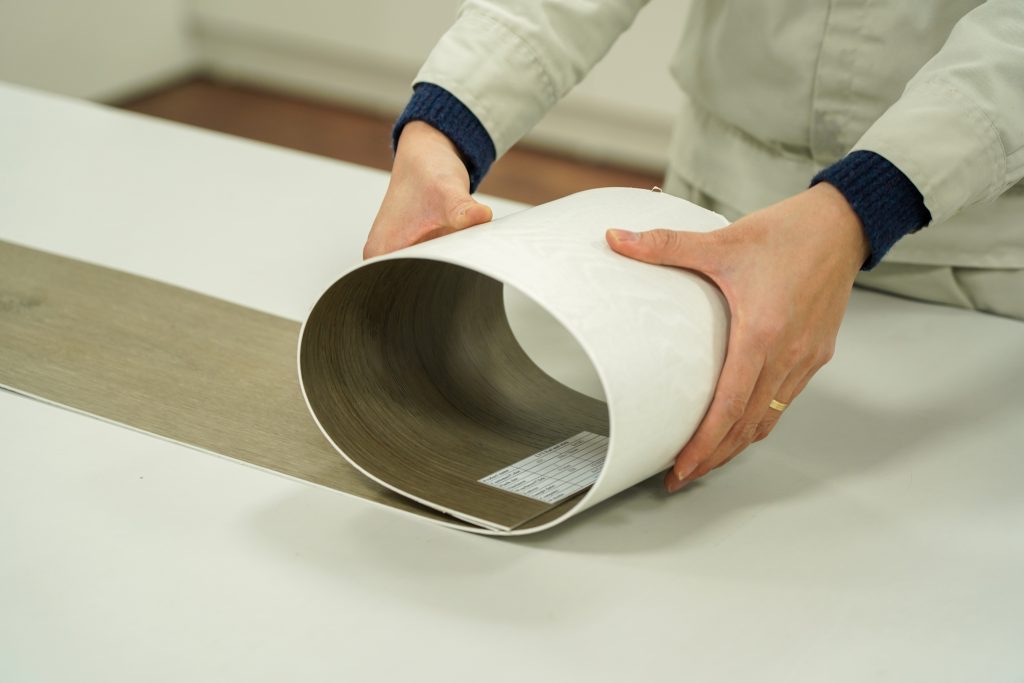
2. Manufacturer Reliability: Reducing Risk for First-Time Importers
When importing LVT for the first time, you’re not just buying flooring—you’re choosing a long-term partner.
Many new distributors ask only about price.You should also consider the reliability of your OEM partner: What happens if there’s an issue? Is there a clear warranty policy and support after delivery?
As a pioneer flooring manufacturer in Vietnam, with 8 years of experience serving distributors across multiple international markets. We understand that first-time importers need more than production—they need transparency, and technical support.
That’s why we provide a clear warranty policy and ongoing assistance, so distributors can sell LVT with confidence, knowing the manufacturer is always there when needed.
3. A manufacture could provide a wide color map range
The more options your collection provides, the higher selling chances you could have. Architects and your flooring retailers often need multiple tones to match their different spaces, lighting, and design styles.
Distributors who succeed to make LVT market penetration usually start with a practical but flexible color range whose designs are suitable for both residential and commercial use. A collection that meets the trend and grows over time.
With over 8 years of OEM experience, we have worked with flooring distributors worldwide to develop LVT collections that meet different market needs. Pick your suitable color map here.
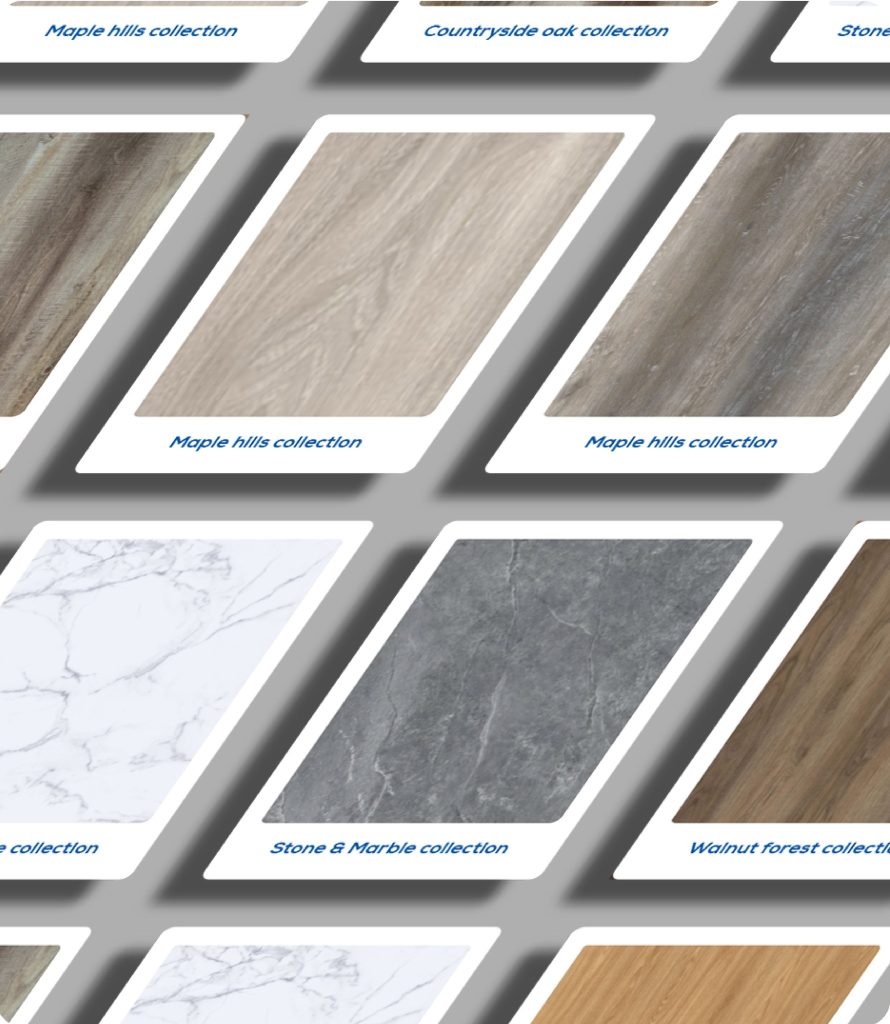
4. But even with strong collections, pricing remains a critical factor.
For first-time importers, the temptation to choose the cheapest option is understandable. But in LVT, low price often means high long-term cost.
The distributors who succeed are the ones who choose the right balance:
- Premium LVT quality that performs in real projects
- Competitive pricing that allows sustainable growth
At An Cuong, our approach is simple: We focus on producing high-quality glue-down LVT that meets international standards, while maintaining pricing that supports long-term cooperation—not short-term transactions. You can explore our quality specification for LVT here
This combination helps you enter the market confidently, win projects, and build lasting customer trust.
If you’re planning to import LVT flooring or build your first LVT collection let’s inbox us to receive LVT samples, explore suitable collections for your market and get a competitive quotation tailored to your market.


